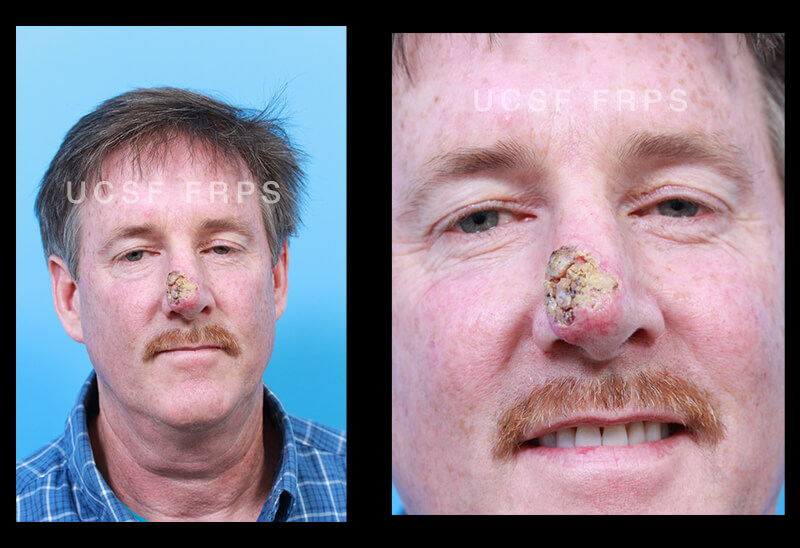
People often wonder what the differences are between a full and a mini-facelift when it comes to plastic surgery. Each procedure offers its own advantages. Here are the differences. Ask your surgeon about the risks involved and how long it takes to recover if you are interested in a complete facelift. Consider the exact location of incisions required for each procedure. While the exact method depends on your individual needs, both options can improve your appearance.
Mini facelift
A mini-facelift is performed on the lower face, often around the neck and jaw. The incisions are less extensive and are made in a deeper plane than a full facelift. This allows the surgeon to perform limited skin removal and muscle tightening, thereby minimizing the appearance of scarring. This type of procedure works best for younger adults who want perfect skin and to reduce the chance of facial aging. Older people may need a facelift to remove excess skin and improve their overall appearance.
Full facelift
Full facelifts are the best and most successful of all the types available for facial rejuvenation. They also take longer recovery times. The full facelift targets deeper structures and muscles of the face, and the surgeon separates loose skin and deep facial tissues. A full facelift also involves several techniques to achieve the desired results, including repositioning of the skin in areas where it sags. This procedure may take between two and five hours to complete.

Mid facelift
Mid-facelifts require incisions to be made at the gumline, the hairline and the lower lash line. Through these incisions, tissue on the cheeks is lifted up to reduce the heaviness and restore the contours of the face. After the procedure, patients may experience bruising and swelling for a few weeks, but this should subside over time. The doctor will prescribe pain medication for patients after the procedure.
Deep plane facelift
You may be wondering if a mini or deep plane facelift is best for you. A deep-plane facelift will treat problem areas naturally and provide a more permanent result than a small one. A deep plane facial will also address the structural components of your skin, meaning that the final result will last for longer.
Millennials more likely get a mini facelift
The millennial generation is increasingly looking to cosmetic surgery as a way to improve their looks. This generation, who grew up on social media, is well-known for comparing themselves to others. Although it might be difficult to believe, some millennials believe that a facelift will make their appearance older than they really are. They have chosen to do mini-facelifts.
Time for recovery
The recovery time for a Mini Face Lift varies depending upon factors like age, health, and the type. Both procedures are generally associated with a significant improvement in the appearance. The full recovery guide included with your facelift is worth reading before you go under the knife. It also contains instructions for caring for your wounds post-surgery. Also, plan a day of rest and no heavy exercise for the following days.

Cost
The cost of a mini face lift is lower than a full facelift, but both procedures require a significant amount of money. While health insurance plans usually cover cosmetic surgeries, many don't. Patients may need to pay upfront for cosmetic surgery as it is not usually covered by most health insurance plans. Plastic surgeons can provide advice about arranging the financial arrangements required to cover the costs. An alternative way to pay for your cosmetic treatment is to use a third party financial company.